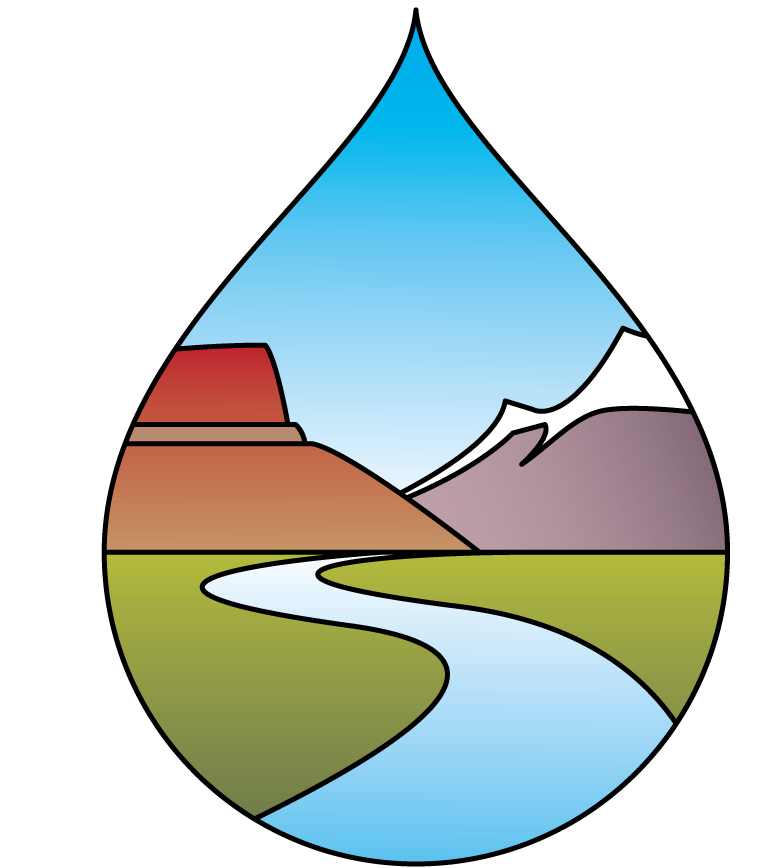There are over a million exempt domestic and livestock wells located throughout the West. Although these wells are an important source of water for a large number of water users, they also pose significant regulatory and administrative challenges that have the potential to impact the sustainability of water supplies, surface flows, and water quality. Every WSWC member state with the exception of Utah and California, exempts certain groundwater uses from its permitting procedures, its adjudication procedures, or both. Although the specifics of these exemptions vary in each state, they generally allow landowners to withdraw small amounts of water for domestic or livestock purposes without obtaining a permit or subjecting their use to adjudication, monitoring, or reporting requirements. These exemptions typically restrict the amount of water that a well owner can withdraw (per minute, per day, per year, etc.) or limit the amount of acreage to which the water can be applied. The amount of water that can be withdrawn or used varies from state to state, but most exemptions allow landowners to install exempt wells without providing notice to other water users, and do not give other water users the option or ability to contest the installation of an exempt well. Many states enacted these exemptions decades ago with the belief that small domestic and stock uses were de minimis and were not worth the time or money needed to permit and regulate them.
In June 2008, the Western Governors’ Association (WGA) and the Western States Water Council (WSWC) issued a report entitled Water Needs and Strategies for a Sustainable Future: Next Steps, which contained recommendations on how the states and federal government should address the ever-increasing challenges associated with water management in the West. Item 3(D) of the Next Steps report’s Executive Summary recommends that states “should examine their related laws and institutions and evaluate the merits of … [permitting and monitoring] exempt domestic and livestock wells as part of water rights regulatory schemes.”
The WSWC’s Legal Committee subsequently commissioned this Report, which addresses (1) the statutory and regulatory authority among WSWC member states regarding exempt domestic and livestock wells, (2) the ways in which these wells can complicate or compromise water resources allocation, administration, and quality, (3) the specific challenges WSWC member states are facing with respect to exempt wells, (4) the relative costs and benefits associated with monitoring wells that are currently exempt, and (5) the potential approaches to mitigate the adverse impacts of exempt wells.
In most states, landowners who install an exempt well must comply with the well-drilling requirements that govern the construction of nonexempt wells. Many states also require landowners to file well logs or to register their exempt wells, but the information that states require varies, with some states requiring little information and others requiring detailed reports and logs that describe the location, capacity, and construction of exempt wells. Some states also have laws or regulations that specifically apply to exempt well use in subdivisions. However, most do not. Moreover, some states have laws and regulations that do not specifically apply to exempt wells, but nevertheless limit or regulate their use in subdivisions. This Report describes those laws and regulations that specifically and indirectly govern exempt well use in subdivisions..
Exempt wells have the potential to cause a number of water quantity and quality problems. Most notably, there is a general concern that the cumulative effect of many exempt wells can equal the impact of a single large withdrawal that is not subject to the priority system or susceptible to monitoring and reporting requirements. A related concern is that most exemptions do not prevent landowners from installing exempt wells in closed basins and aquifers that are hydrologically connected to streams and wetlands with impaired surface flows. Such use in these areas may adversely impact surface flows, riparian habitats, aquifers, and senior water rights.
When considering the costs and benefits associated with whether and how to monitor exempt wells, states should consider the following: (1) some state reports indicate that most exempt wells do not use more water than the allowable amount, which means that monitoring would do little to curtail existing exempt use; (2) monitoring alone will not stop developers and other landowners from installing new exempt wells; (3) metering and self-reporting will only show the amount of water that exempt wells withdraw and will not show the amount of water those wells actually consume through outdoor irrigation and other consumptive uses; (4) monitoring methods will be ineffective if a state does not have sufficient data regarding the location and number of its exempt wells; and (5) each monitoring method will entail some type of initial or continuing expense that the state or exempt users will need to pay, and there may be political opposition to methods that assess fees to existing exempt well users or raise taxes to pay for increased administrative costs.
Read the Exempt Wells Report
